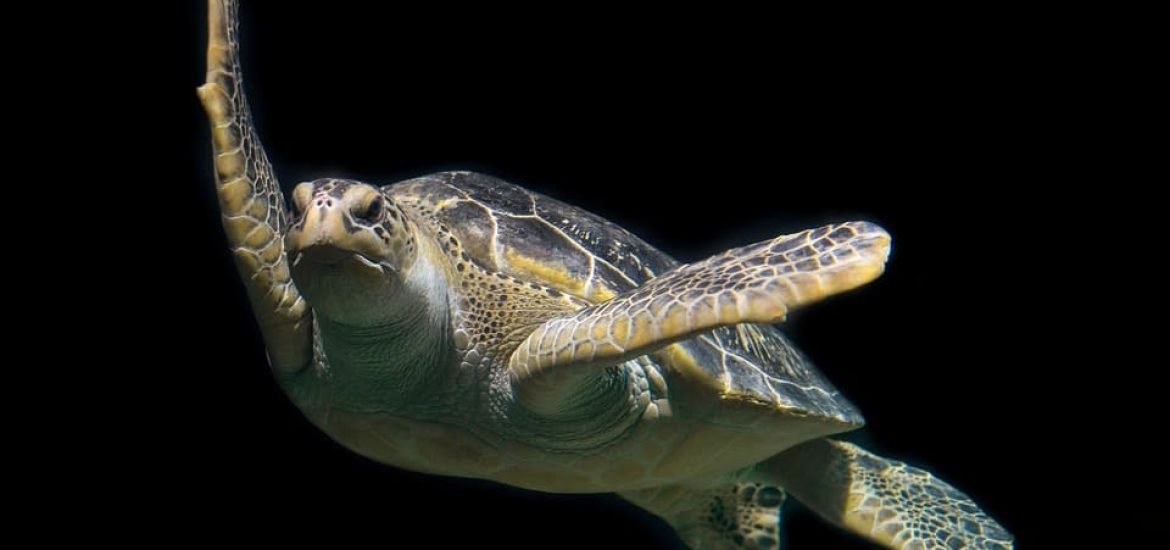
As a result of a 50-year protection, numbers of green turtles are on the rise at the Aldabra Atoll in the Seychelles, according to a study carried out by a team of researchers from the Seychelles Islands Foundation and supported by the University of Exeter, UK.
Hunting turtles in this area became prohibited in 1968, and since then, researchers have been tracking the number of eggs laid. Between 1968 and 2019, that value has raised from 2,000-3,000 to over 15,000.
“Green turtles have suffered massive historical population declines due to intensive harvesting of nesting females,” said lead author Adam Pritchard from the Centre for Ecology and Conservation on Exeter’s Penryn Campus in Cornwall. “Aldabra Atoll was the first green turtle nesting site to be protected in the Western Indian Ocean, with a ban on turtle capture in 1968, followed by continued long-term monitoring by Seychelles Islands Foundation researchers.”
“It’s been an honour to support the analysis of the decades of work by the Seychelles team,” added Professor Brendan Godley, who helped supervise the research. “The ongoing population increase of Aldabra’s green turtles is testament to long-term protection and offers some clear evidence of the fact that we can be optimistic about marine conservation, well enacted.”
The study found that the numbers of eggs of green turtles consistently increased across the area, with the most significant improvements along the Settlement Beach on Picard, curiously where exploitation of nesting females was historically the most severe.
“This study demonstrates the importance of long-term monitoring, which is often seen as less glamorous and valuable than targeted research,” said co-author Cheryl Sanchez, a Ph.D. student working on Aldabra’s turtles. “It has taken decades of tireless commitment to collect the data to confirm this increase and the foresight to protect the nesting population before it was too late. Aldabra’s green turtles should continue to be an incredible conservation success story that we can follow for decades to come.”
The study confirms that Aldabra has become the second-largest green turtle rookery in the region, highlighting the considerable contribution of this area to the numbers of green turtles and demonstrating the benefits of long-term wildlife protection. In addition, as the Aldabra population is still below what it once was (pre-exploitation), protection will continue, and it’s expected that numbers will increase further.
Pritchard A, Sanchez C, Bunbury N, Burt A et al. (2022) Green turtle population recovery at Aldabra Atoll continues after 50 yr of protection. Endangered Species Research, Vol. 47: 205–215, https://doi.org/10.3354/esr01174